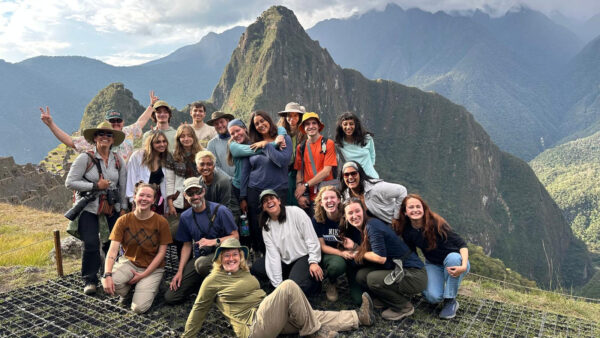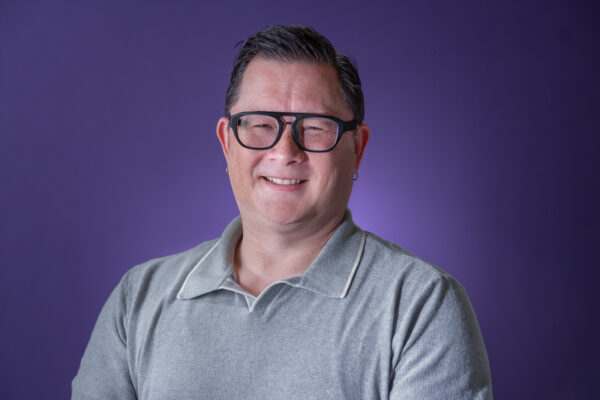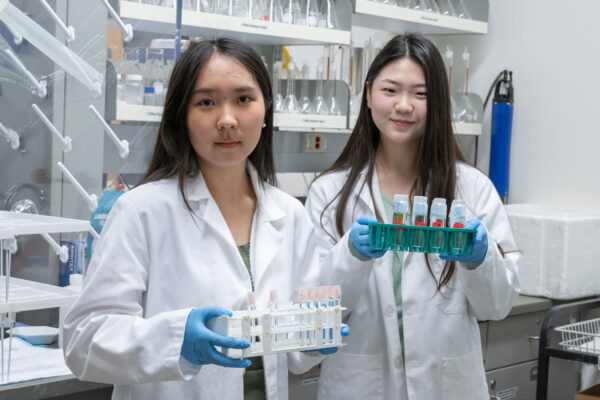Cardiac events are one of the leading causes of death worldwide — claiming more lives than colorectal cancer, breast cancer, prostate cancer, influenza, pneumonia, auto accidents, HIV, firearms and house fires combined. According to the American Heart Association, more than 350,000 cardiac arrests occur outside of the hospital in the U.S. each year.
Of these, the AHA states, fewer than 10% survive.
One of the most critical factors in surviving an out-of-hospital cardiac arrest is time — or, more specifically, how long it takes for CPR to begin. Whether performed by a bystander or an emergency responder, immediate CPR can triple the chance of survival. Even when CPR is administered right away, however, responders in the field lack many of the resources that hospitals use to respond to cardiac events.
Dr. Jong Yoon, associate professor in the University of Washington Bothell’s School of STEM, hopes to improve these outcomes with his latest research. And to provide responders with more on-scene information and resources, he’s looking to robots for assistance.
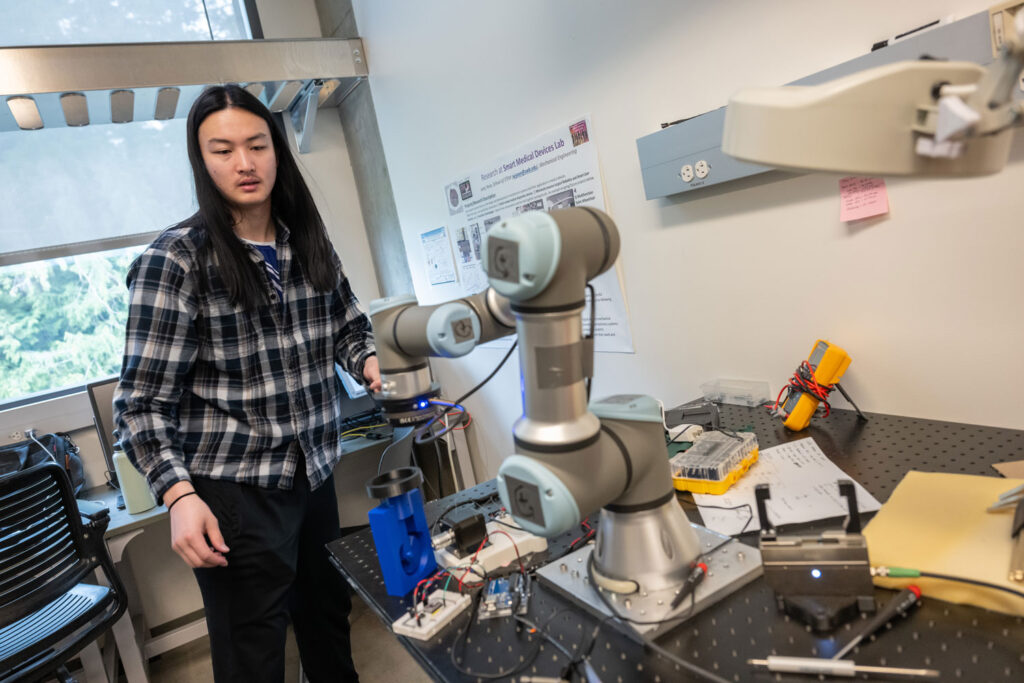
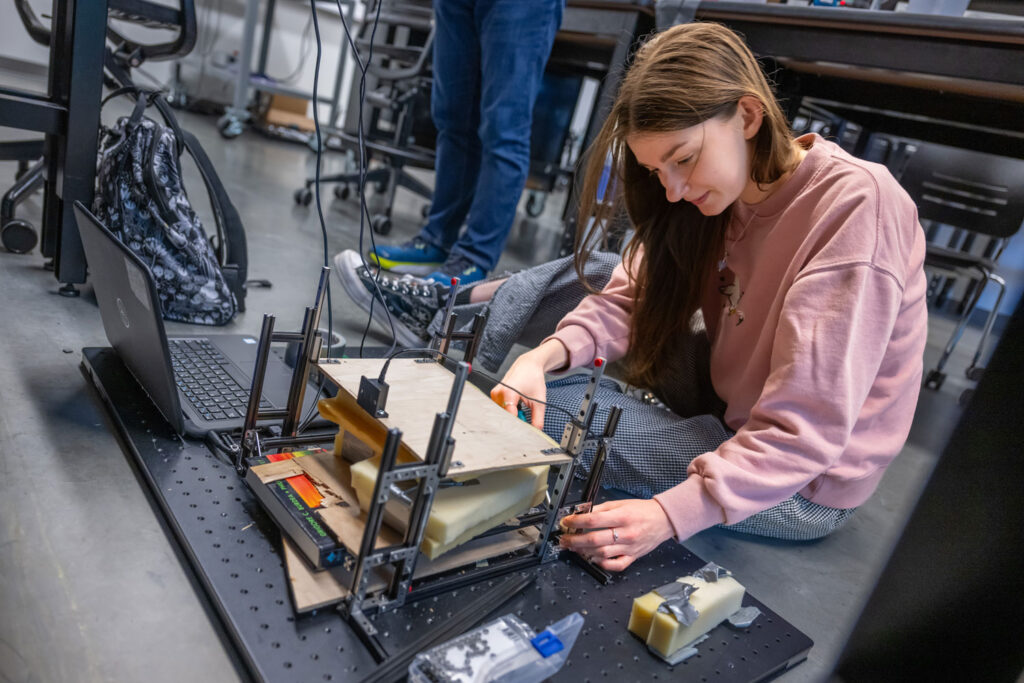
Smarter tools help emergency care
A mechanical engineer, educator and researcher, Yoon researches the design and development of mechatronic systems through his Smart Medical Devices Lab at UW Bothell. Much of his work focuses on biomedical applications, with devices ranging from medical diagnostics and robotic systems for surgery, to assistive technology solutions and field robotics.
His latest project, “Development of a Collaborative Robot-Assisted Ultrasound System for CPR,” began in 2022 as an initial experiment he carried out with two undergraduate students from Heritage University as part of the STEM Research Experiences for Undergraduates program. The project was then awarded a grant through UW Bothell’s Scholarship, Research & Creative Practice Grant Program for the 2024-25 academic year.
“I started the Smart Medical Devices Lab to support technical solutions for the people in need, particularly in the health sector, whether helping responders or patients directly,” Yoon said. “Firefighters and paramedics have limited resources in the field — and no way to know whether blood is pumping to the brain or not.
“We want to give real direct measures and provide as much information as possible for responders to understand what the correct steps are that they should be taking.”
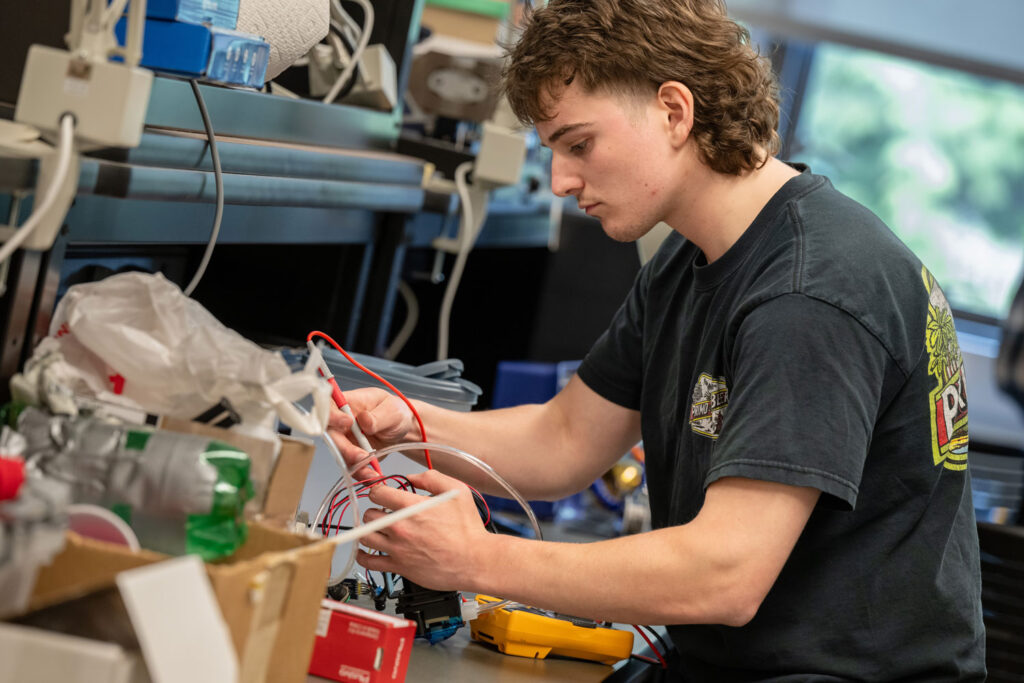
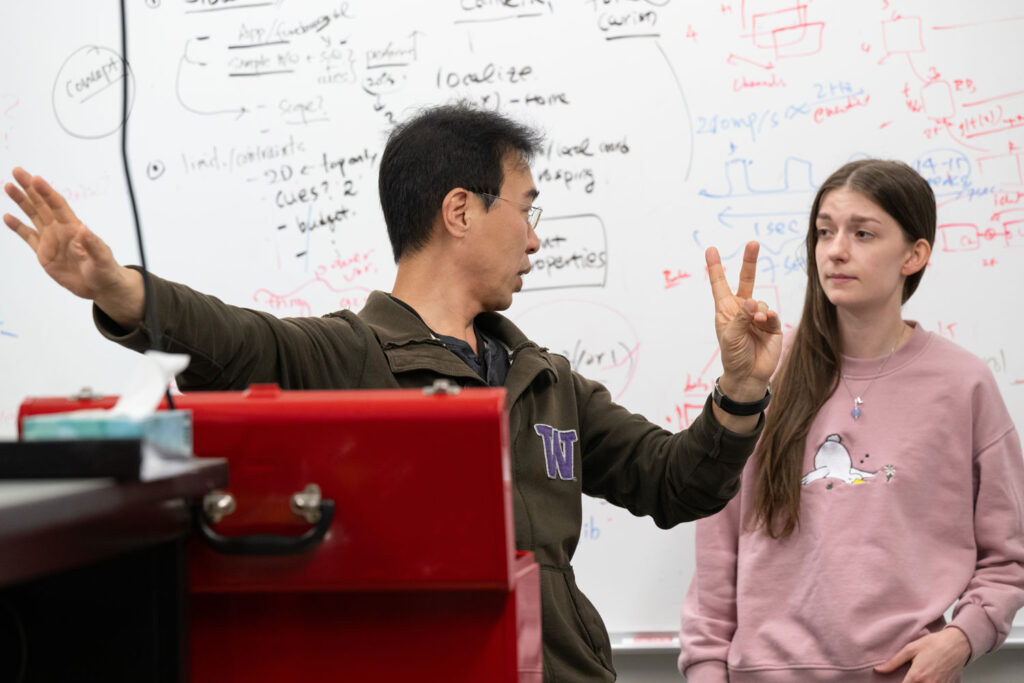
Collaboration powers innovation
The device Yoon and his team developed over the last academic year is an ultrasound system that provides blood-flow information critical for accurate CPR administration. But an ultrasound alone would not be useful to responders, who have to act fast and maintain concentration as they work. So, the new device they created features robot assistance that makes obtaining and reading the ultrasound results a quick and easy process.
The goal is for responders to be able to get the information they need at a glance and then act accordingly, with the robotic device and the responder working in tandem with one another.
In this project, Yoon collaborated with fellow investigator Dr. Ji-Eun Kim, associate professor in the UW’s College of Engineering, and with consultant Dr. Pierre Mourad, professor in the School of STEM, as well as several students.
“The main focus of my lab, beyond just developing these devices, is to provide relevant experience for undergraduates,” Yoon said. “My primary goal is serving students and helping them to have more accessible, hands-on research experience that they cannot learn from their coursework alone.
“Getting outside the classroom and out of their comfort zone is so important for our students to grow,” he said, “and it’s especially vital for the Mechanical Engineering major.”
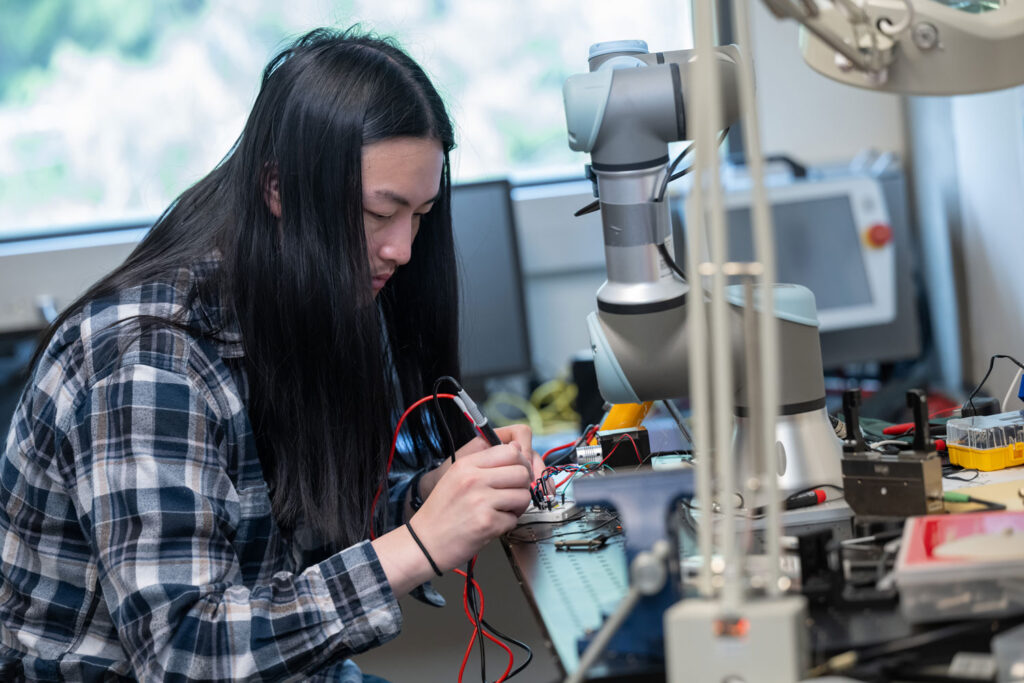
Students lead hands-on development
Yoon’s student researchers each played important roles in developing the device.
Shuoren Leo Xiang, (Mechanical Engineering, ’25), worked on the physical model for the robot arm, which will go up and down to simulate the motion of a human doing CPR. It will also hold the ultrasound transducer to monitor the blood flow in the common carotid arteries. Xiang also worked on the control theory aspects, figuring out what the robot will do when it receives certain external stimuli.
“This project was really engaging and a good combination of mechanical and electrical engineering, control theory and computer science,” Xiang said. “I gained a lot of experience, and it was a really fun project. Dr. Yoon is a great teacher and very hands off — providing a lot of freedom to experiment and to ask for help when we need it. It’s a very diverse field, so this experience can be applied in a lot of ways.”
“My primary goal is serving students and helping them to have more accessible, hands-on research experience that they cannot learn from their coursework alone.”
Dr. Jong Yoon, associate professor, School of STEM
Brooke Ojala, a junior majoring in Mechanical Engineering, worked on developing a user interface design — the part of the device that will display the real-time results in an easy-to-read format and prompt warnings, such as if the user is compressing too slowly or not deep enough. For her, this role was a chance to gain experience beyond mechanical engineering and further develop her interest in coding.
“I really enjoy doing more hands-on and applied work, rather than just math and science in a classroom,” Ojala said. “It can be challenging to learn new skills and not know what I’m doing, but I think it’s really good for me to learn how to figure things out on my own and be okay with not understanding everything.
“I’ve gained a lot of skills but also just the ability to be uncomfortable with what I’m doing and work through that struggle.”
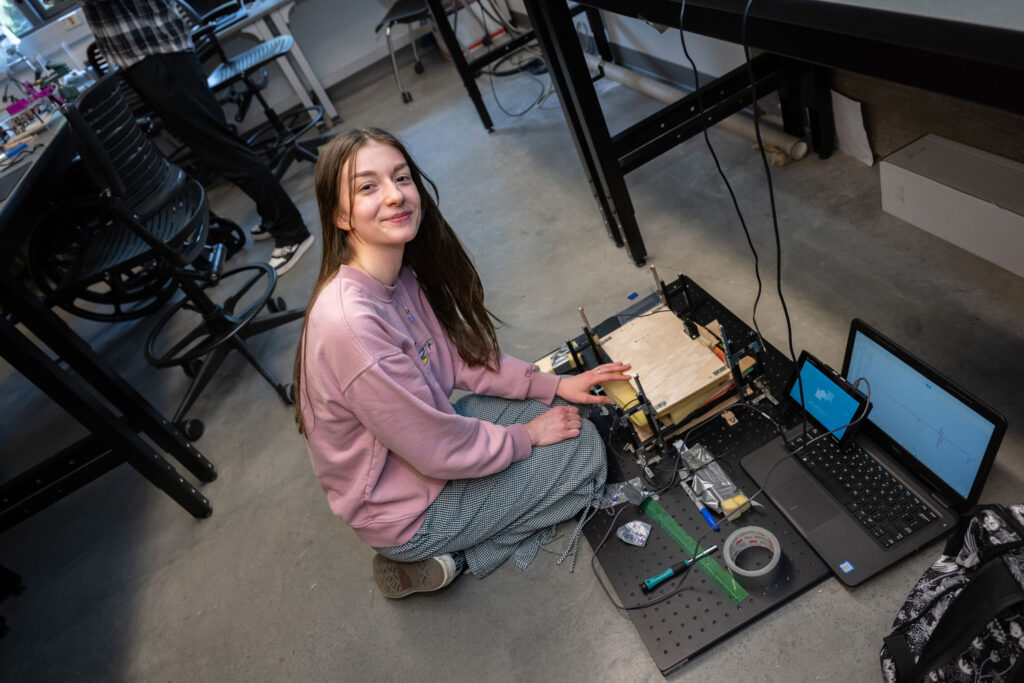
The future is interdisciplinary
For both Xiang and Ojala, the project closely aligned with their career goals in the biomedical field of engineering. Working on a project that combines diverse skills and knowledge, they noted, will also help their future job prospects.
“A job that is strictly mechanical engineering can be hard to find. Many of the jobs nowadays are interdisciplinary,” Yoon noted. “Our curriculum has been evolving in that direction to support that need as well, but projects such as this one can provide so much more experience in a short period of time, without adding too many additional courses to a student’s load.”
That’s why funding for projects like his is so important, he added, for both their value to students and the life-saving potential of the research itself. As the SRCP grant period has now ended, additional funding will be needed to complete work on the collaborative robot-assisted ultrasound system for CPR.
Dr. Jong Yoon was honored with the Puget Sound Engineering Council’s 2025 Academic Engineer of the Year Award in recognition of his career as a mechanical engineering educator, his contributions to the design and development of smart medical devices, and his active engagement as a faculty adviser for the student chapter of the American Society of Mechanical Engineers.

